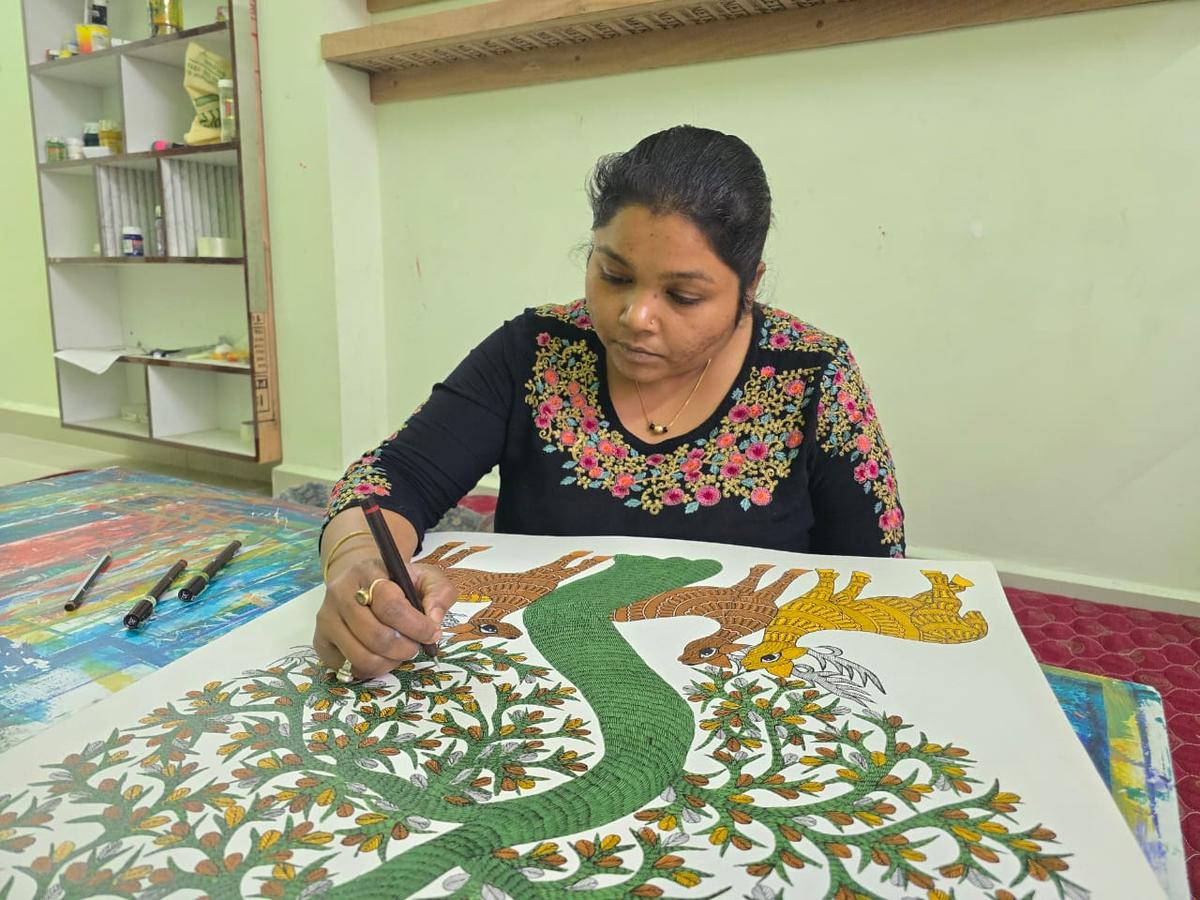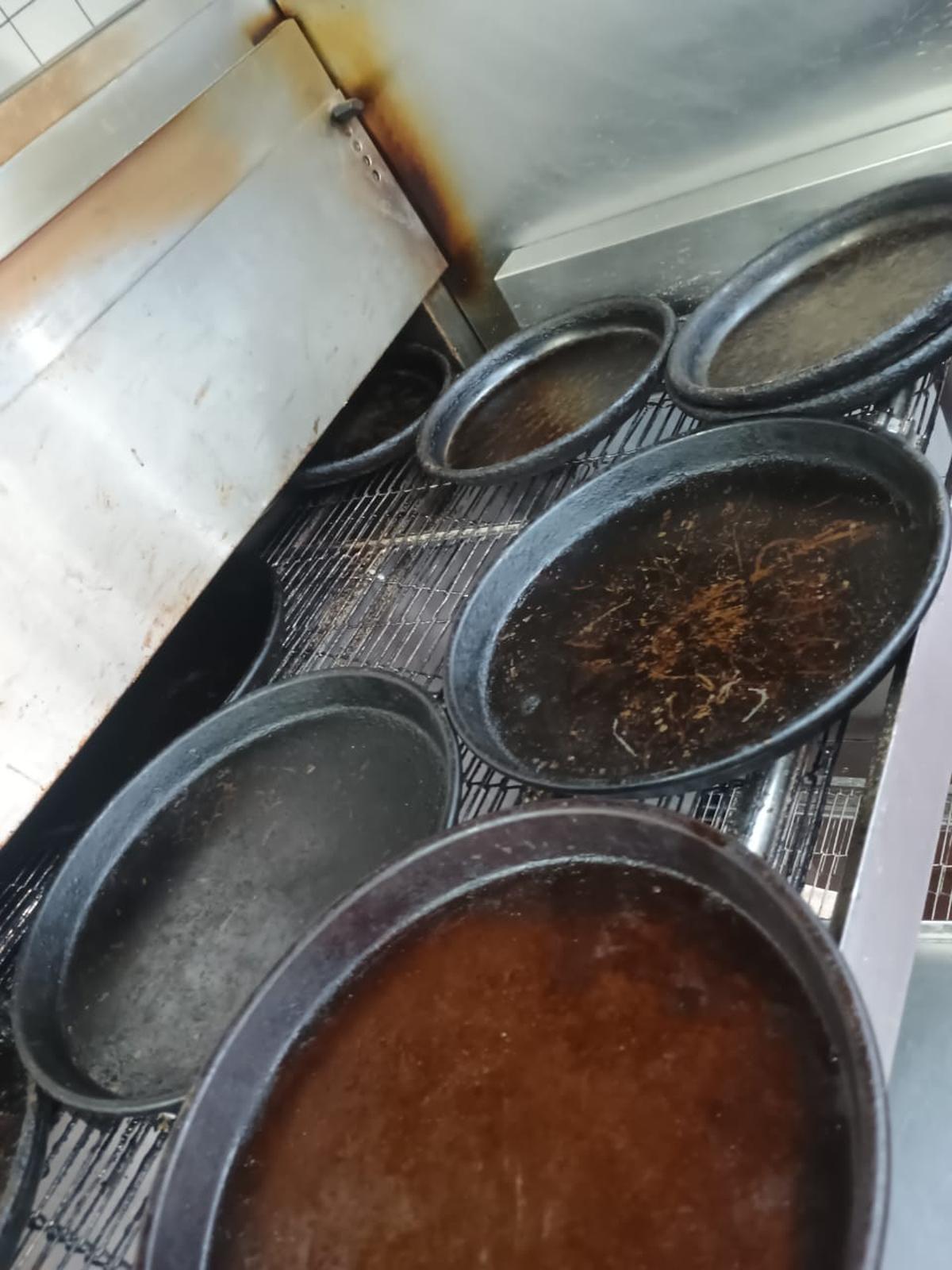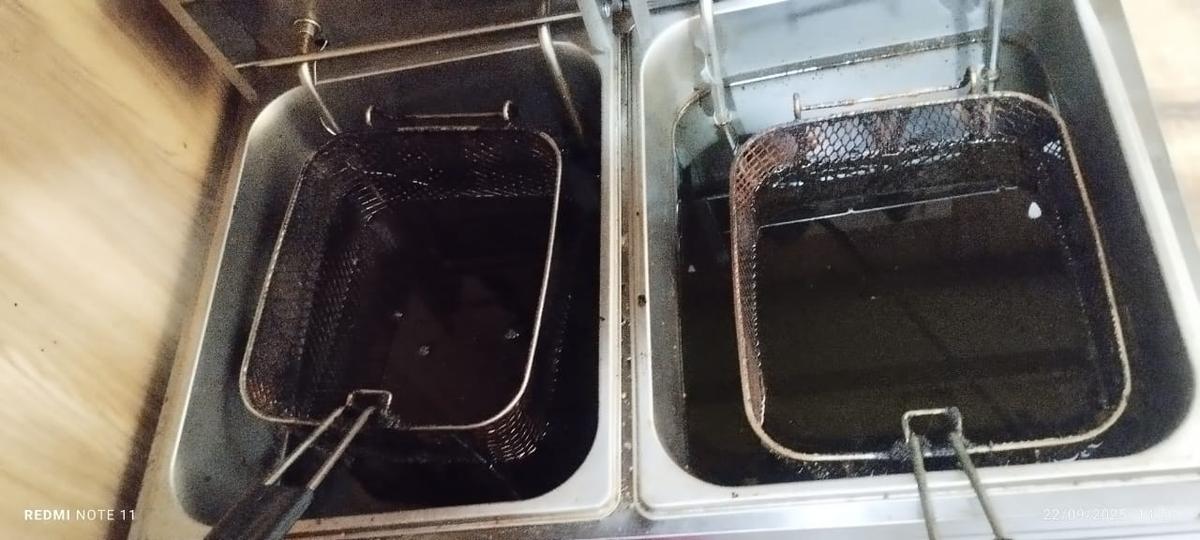Hank Green has always worn many hats — author, YouTuber, entrepreneur, educator. Recently, he added another project to his sprawling portfolio: the launch of Focus Friend, an app that tackles the problem of dwindling attention spans brought on by constant screen time.
The premise of the app is straightforward. Users are given a bean-shaped character they can name. Each time they put their phone aside and enable focus mode, the bean begins to knit. The scarves and socks it produces can be exchanged for room decor, gradually furnishing the bean’s space. The more time you spend focussed, the more progress the bean makes.
Another app, Forest, that has been around for years, gamifies focus by growing trees whenever users stay off their phones, creating a forest over time. Phone makers have also attempted similar interventions. OnePlus has Zen Mode, while Google’s Digital Wellbeing dashboard tracks usage and offers ways to disconnect.
Skye productivity tool
| Photo Credit:
Special Arrangement
Yet the limitation is evident across these solutions: they remain tied to the very device that is at the heart of the problem. As Barath M S, co-founder of productivity tool Skye, puts it, “The problem is that all the solutions still live inside the phone, which is the source of our addiction.” Along with his fellow co-founders, Akash S and Veeramani Viswanathan B, he set out to design a device that works outside the phone entirely.
And thus was born Skye. A small, tactile timer designed to pull focus back without the lure of screens. Built in aluminium, it fits in your hand or pocket and can be set to intervals of five, 15, 30 or 60 minutes. At the chosen interval, it vibrates gently, reminding you of the time that has passed. Nothing more, nothing less.
On the surface, it might sound almost simple, but that is precisely what makes it effective. There is nothing to set up, nothing to track, nothing to distract. “We don’t want it to mimic a phone. No Bluetooth, no voice recording. Nothing. Just a simple device that is a tangible reminder of the passage of time. A gentle nudge to let you know that time is passing,” Barath says.
And that simplicity opens the door to a surprisingly wide range of uses. What is pitched as a productivity tool can find its way into classrooms, offices, and even exam halls. “Kids who are used to screens can find it useful to realise how their time is being spent,” Barath says. “For UPSC students or anyone preparing for competitive exams, it can remind them they have another 15 minutes left, so they can spend it wisely.” He points to unexpected cases as well. “One IT employee told me he wasn’t using it for productivity but as a reminder to change his posture or drink water. That was an interesting use we didn’t design it for.”
Barath MS and his team
| Photo Credit:
Special Arrangement
For Barath and his team, though, Skye is less about pushing a product and more about building something genuinely useful. He recalls mailing out dozens of 3D-printed prototypes to professionals across industries in the early stages, just to see how people responded. “We wanted feedback before anything else,” he says.
That thinking extends to design decisions. The device is made of anodised aluminium, with the same grade of vibration motor used in iPhones. Although the current cost of production is far higher, Skye is set to retail at ₹4,900.
At first glance, Skye can seem underwhelming. It does not track, gamify, or dazzle with features. But that restraint is intentional. What it offers instead is a quiet, consistent presence. A small device that slowly chips away at habits of distraction and helps rebuild patterns of concentration. Whether that is enough will depend on the person using it, but in an age of constant notifications, there is value in a tool that simply stays out of the way and lets you focus.
Skye is now available for pre-ordering on skyedevices.com at ₹4,900.







